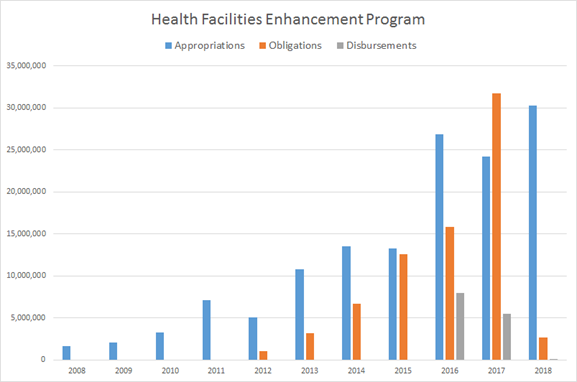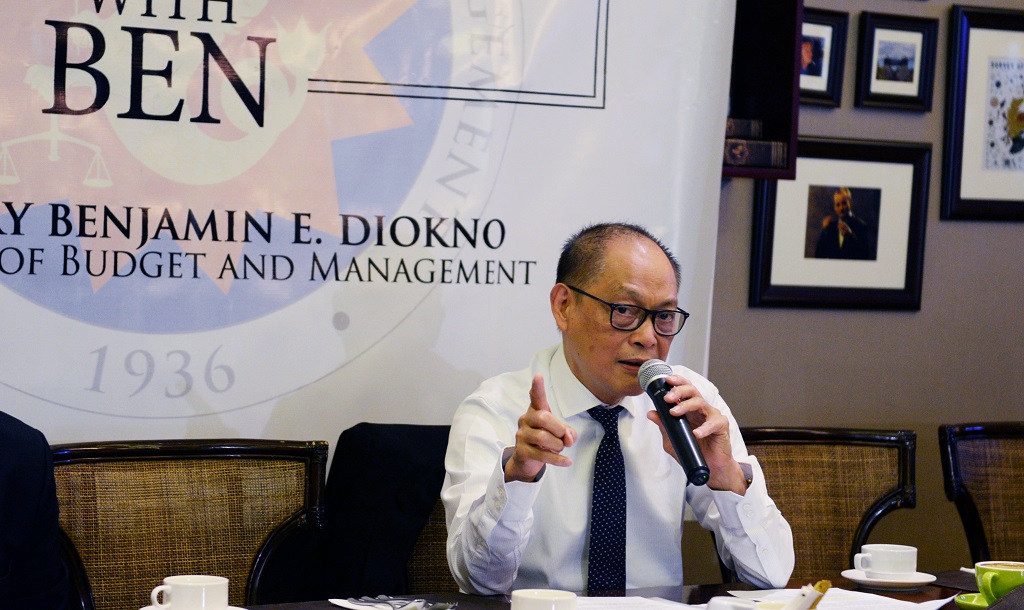
Chart 1. Appropriations vs Obligations vs Disbursements of the Health Facilities Enhancement Program (HFEP) from 2008-2018, in thousand pesos.
In a senate hearing on the Department of Health (DOH) budget yesterday, Senator Minority Leader Franklin Drilon berated the Department of Budget and Management (DBM) for the cut in the budget of the Health Facilities Enhancement Program (HFEP).
HFEP is allocated only P50 million in the proposed budget, down from its P30 billion allocation in the 2018 General Appropriations Act (GAA), and P24 billion allocation in the 2017 GAA.
DBM has previously cited the “dismal spending performance and COA-reported irregularities” in the implementation of the HFEP as the main reasons for the massive reduction in its budget allocation.
In fact, as of June 30, 2018, the total disbursements for the Health Facilities Enhancement Program have only reached around P15.5 billion, around 11% of the total P138.1 billion appropriations provided for the program since 2008.
“The agreement with the Department of Health is that they will undertake a careful assessment of the program–that is what the P50 million is for,” DBM Secretary Benjamin Diokno said. “In the meantime, the DOH can spend the obligation balance it has incurred over the years for HFEP.”
To date, based on DOH figures, the unliquidated obligation is P64.7 billion while the unobligated allotment is P21.1 billion, or a total of P85.8 billion.

When asked to comment on the proposal of Senator Drilon for the DBM to issue an errata providing for additional budget for HFEP, DBM Secretary Diokno said that it is “not on the table”.
“They have to go back to the drawing board on HFEP. We have two COA reports citing P6.1 billion and P1.5 billion in irregularities. Cumulatively, that’s about half the total amount disbursed for HFEP since it was implemented,” he said. “It is irrational, if not downright suspicious, to restore the budget for a program like that.”
In 2017, the Commission on Audit (COA) released a Performance Audit Report on HFEP. According to the report the program accounts for P6.1 billion worth of irregularities based on review of audit findings from 2013-2016.
The report cited “gaps in program implementation” resulting to as idle/ unutilized equipment worth P630.8 million, delayed distribution to end-users or undelivered equipment worth P191 million defective equipment worth at least P50.5 million, as well as delayed procurement, start, completion and utilization of infrastructure projects worth P5.25 billion.
The report does include the P1.5 billion worth of irregularities cited in the 2016 DOH Consolidated Annual Audit Report (CAAR) for HFEP infrastructure projects which are either yet to start, delayed, or not used despite completion.
Job Order Health Workers to be given gov’t positions in 2019 budget
Senator Drilon also warned that more than 15,000 health workers will lose their jobs should the DBM insist on cutting the DOH budget.
The budget for the Human Resource for Health (HRH) Development Program, which allows government to contract the services of medical professionals, decreased by 6.18% or P594 million, from P9.6 billion in the 2018 GAA to P9.006 billion in the 2019 NEP.
Actual disbursement for HRH in FY 2017 was 77.44%, or P6.4 billion out of the P8.3 billion appropriations. This means the DOH was not able to fill all positions as funded in the GAA.
“The DOH budget is actually bigger than what they have been able to spend in the past. We are giving them P9.0 billion compared to the P6.4 billion they actually utilized in FY 2017,” Secretary Diokno said.
Of the proposed 2019 amount for HRH, an amount of P7.8 billion is lodged under the Miscellaneous Personnel Benefits Fund (MPBF) for the conversion of Job Order items to permanent and contractual positions.
“This will give our health professionals job security and full benefits for their service. We are doing this to be able to deliver a higher standard of health service to the Filipino people,” Secretary Diokno said.
(30)
Table 1. Appropriations vs Obligations vs Disbursements of HFEP from 2008-2018, in thousand pesos
| Year | Appropriations | Obligations | Disbursements |
| 2008 | 1,655,522 | ||
| 2009 | 2,073,248 | ||
| 2010 | 3,251,695 | ||
| 2011 | 7,143,909 | ||
| 2012 | 5,078,000 | 1,067,253 | |
| 2013 | 10,772,495 | 3,134,967 | |
| 2014 | 13,541,405 | 6,653,677 | |
| 2015 | 13,271,393 | 12,543,481 | |
| 2016 | 26,872,368 | 15,844,483 | 7,965,203 |
| 2017 | 24,193,996 | 31,701,280 | 5,452,669 |
| 2018 | 30,266,705 | 9,203,064 | 2,044,087 |
| Total | 138,120,736 | 80,148,205 | 15,461,959 |
Table 2. COA-report findings on HFEP from 2013-2016, in thousand pesos
| Issues | 2013 | 2014 | 2015 | 2016 |
| a. Equipment | ||||
| Idle/ unutilized equipment due to various reasons | P21,933 | P392,668 | P138,028 | P101,649* |
| Delayed distribution/ transfers to ROs/ end-users or undelivered | P100,330 | P90,662 | ||
| Defective equipment | P50,521 | |||
| b) Infrastructure | ||||
| Delayed procurement, start, completion and utilization | P2,641,222 | P836,039 | P1,775,718 | P1,505,168* |
*Numbers are based on COA’s Consolidated Annual Audit Report for DOH in 2016, the rest of the chart is directly lifted from the COA Performance Audit Report on HFEP released in 2016.
(30)
For inquiries, further questions and requests for interview, please contact Marianne Ongjuco:
Email:Mobile: +63918-944-8109

